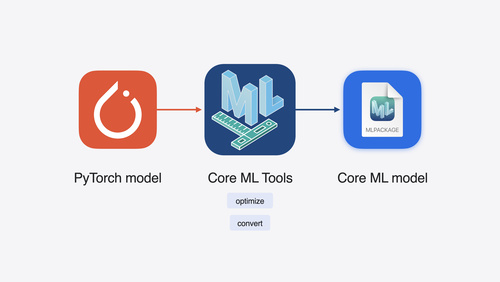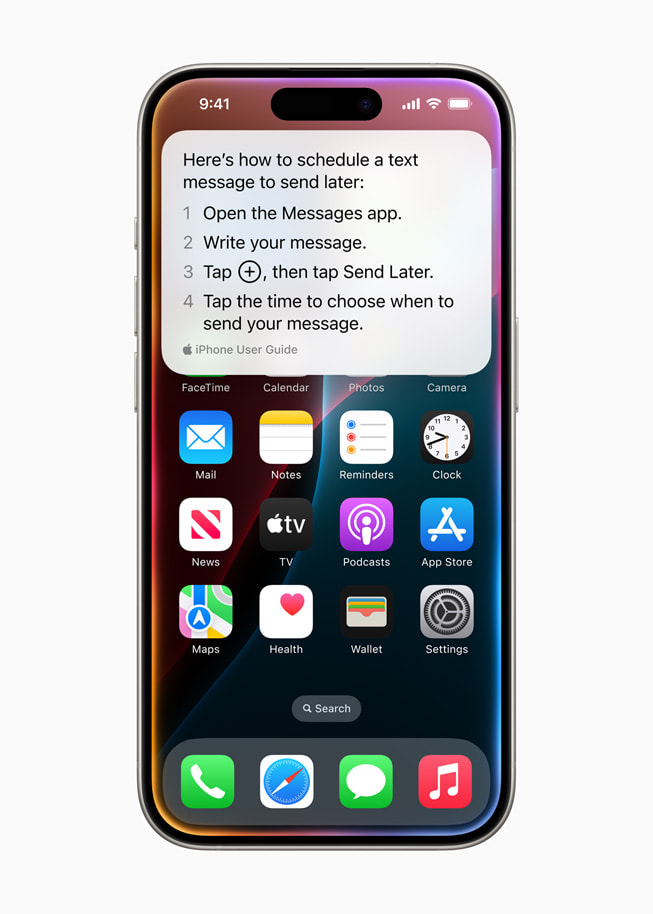Apple Intelligence: Beyond Just ChatGPT - Datatunnel
Apple recently shared insights into Apple Intelligence, their custom AI system, which has raised some eyebrows. In contrast to common assumptions, Apple isn't solely reliant on OpenAI’s technology but has created its own groundbreaking AI models. These models are capable of operating directly on Apple devices like iPhones, iPads, and MacBooks, as well as on their cloud servers, offering users an exceptionally tailored AI experience.

Personal Intelligence Over World Knowledge
Apple’s strategy revolves around personal intelligence rather than general knowledge. This implies that their AI is crafted to aid in day-to-day activities by utilizing the user-specific data accessible on Apple devices. The system encompasses various generative models specifically optimized for distinct user interactions, such as text generation and refinement, notification summarization, generating playful images for conversations, and executing in-app tasks to streamline interactions across applications.
Key Components of Apple Intelligence
The foundation of Apple Intelligence comprises two primary models: a 3 billion parameter model for on-device operations and a more extensive cloud-based model for computationally intensive tasks. These models are part of a wider range of generative models, including a coding model for Xcode and a diffusion model for visual expression in platforms like Messages.

Apple lays emphasis on responsible AI development, ensuring the utmost security, privacy, and neutrality of their models. They employ a blend of proprietary and publicly accessible data for training, with rigorous screening to eliminate personal and substandard content. Their training pipeline incorporates innovative methodologies like rejection sampling fine-tuning and reinforcement learning through human input.
Optimization and Performance
Optimization forms a crucial aspect of Apple’s strategy, as they implement advanced techniques to ensure the efficiency of their models on both devices and servers. This encompasses techniques like low-bit parallelization and the use of Laura adapters for fine-tuning without modifying the core model's parameters.

Apple’s models have exhibited remarkable performance in human evaluations, particularly excelling in email and notification summarization. They also demonstrate high safety standards, with significantly lower harmfulness scores compared to alternative models like GPT-4 Turbo. Apple envisions deeply integrating these AI capabilities within their ecosystem to furnish users with intelligent utilities that enrich their daily interactions with Apple devices.
Matthew Berman delves into these advancements, underscoring Apple’s distinctive approach and its potential to redefine personal AI applications. He underscores the significance of possessing AI models that can execute practical tasks for users, rendering day-to-day interactions more efficient and user-friendly.




















